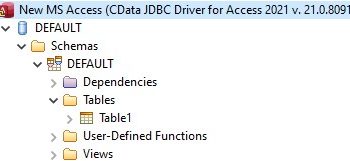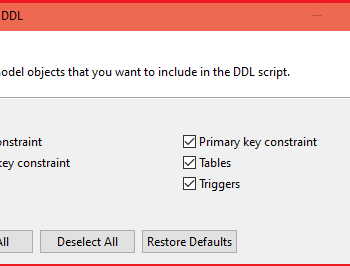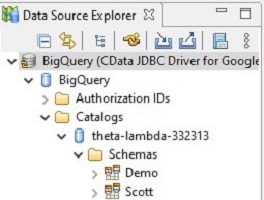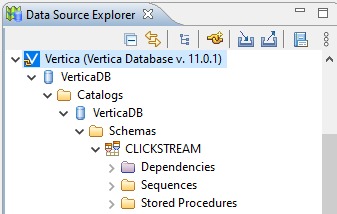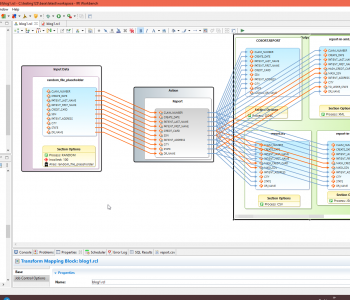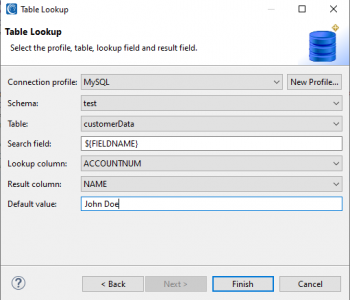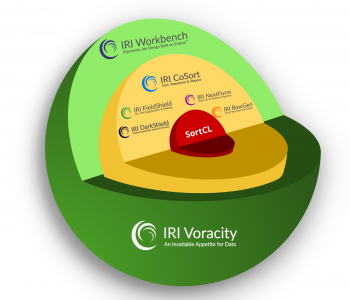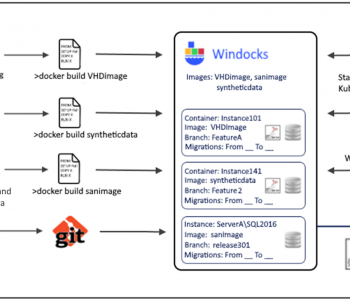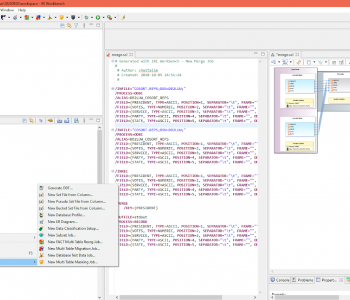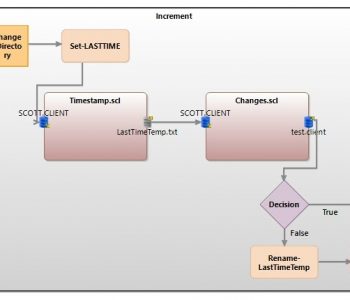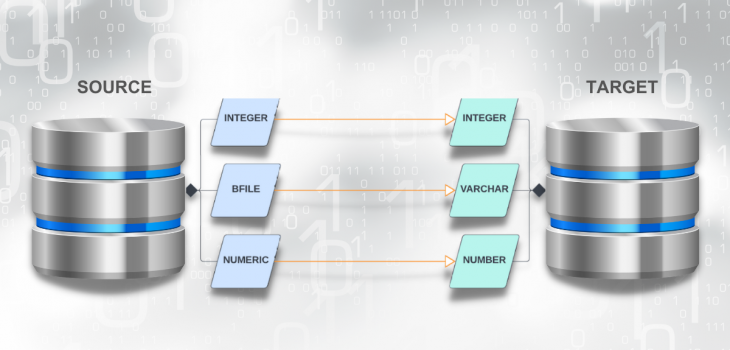
Mapping DB Data Types
Abstract: The process of transferring data from one database (DB) to another can be complicated when those DBs do not use the same data types. A DB Data Type Mapping wizard is now implemented in IRI Workbench to help solve this problem for SortCL-driven data management jobs with different sources and targets. Read More
